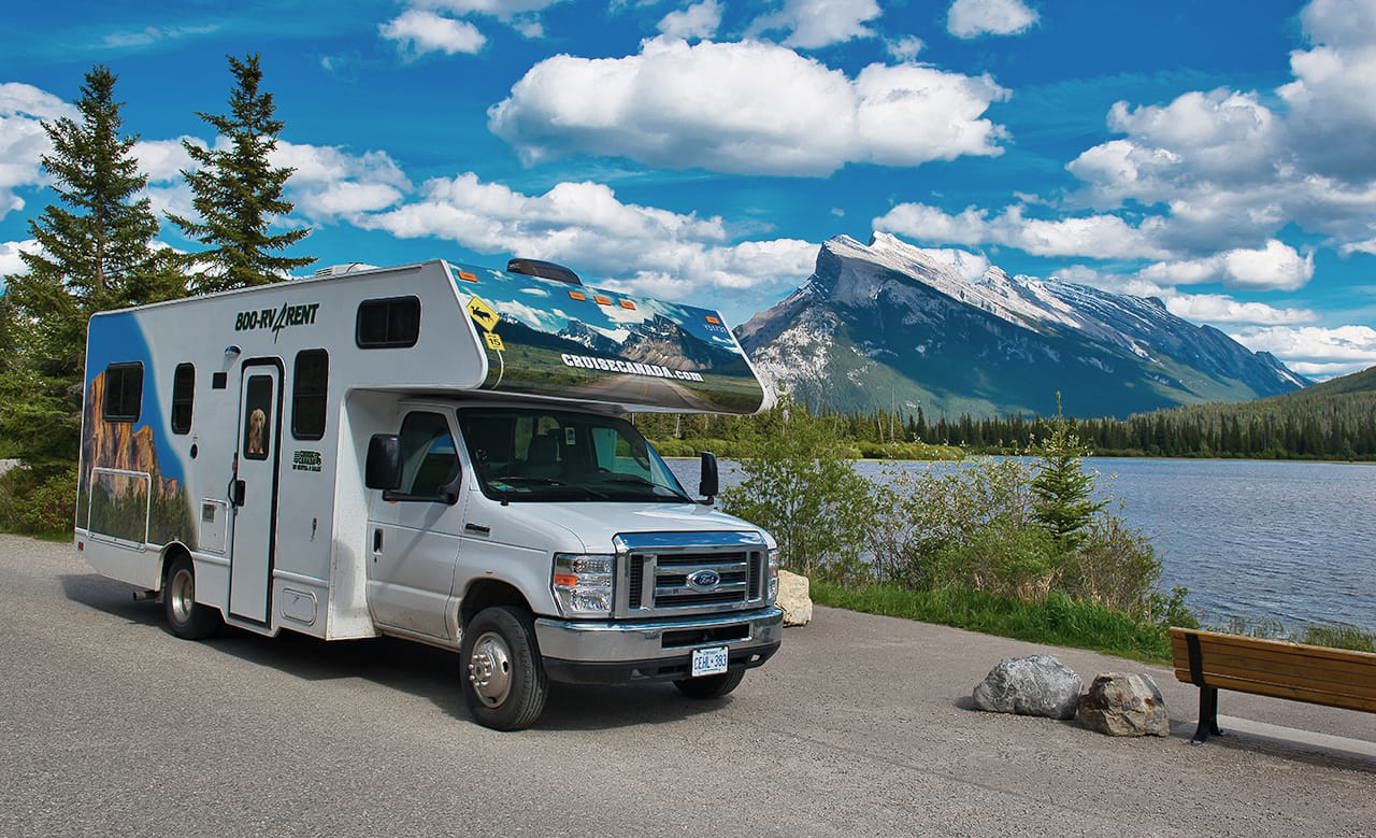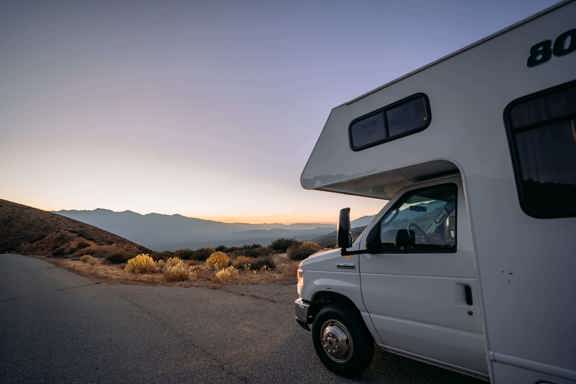
Many people think of the campfire as the heart of the campsite, but in the daytime or in places where fire restrictions make a campfire impossible, the shade of RV awnings can quickly become the central gathering place.
Some of the best times at camp can be had just sitting around under the awning, enjoying the time and great outdoors together. Don’t let a dirty or smelly awning drive you and your guests inside. With a few easy steps, you can maintain your RV awning so its protection will last a long time.
Getting To Know Your RV Awning
An entire RV awning replacement could easily cost hundreds or thousands of dollars, especially when you factor in the cost of labor. A little bit of maintenance to keep your RV awnings clean and in good condition will vastly extend the life of your awning.
Vinyl
Most RV awnings are made of one of two materials that each have their pros and cons. Vinyl is a non-porous material. This makes vinyl very water-resistant and mildew resistant. This option is a little more low-maintenance and an excellent choice for campers who spend a lot of time camping in humid climates.
Acrylic
Acrylic is a breathable woven material that allows for better airflow under the awning. Hot, dry campers rejoice because acrylic awnings keep the shade a little cooler than vinyl. Because acrylic is porous, you may experience more pooling or leaks of water in the rainiest of conditions. Make sure to keep a stiff-bristled brush on hand to scrub this fabric, as mold/mildew can more quickly become an issue.
Mold and Mildew
These dark, damp-loving fungi can quickly become a major issue for hideous and stinky stains on RV awnings. While there is potential for mildew and mold to cause odor as well as negative health effects, it also can severely damage the structural integrity of the awning and reduce its lifespan.
Mold and mildew are part of the territory. At some point, you’ll likely experience mold start to creep on your RV awnings. But noticing early and cleaning thoroughly can nip the growth in the bud long before it starts to become a costly issue. Do your best to avoid growth by making sure you put away your awning when it is dry whenever possible. And if you have to roll it up wet, be sure to take it out as quickly as possible to let it dry fully.
Keeping RV Awnings Clean
Mold and mildew won’t be the only things soiling your RV awnings. Living in the elements will expose the fabric to all manner of dust, dirt, and debris, from rotting leaves to bird droppings or even ultra sticky tree sap. The basics of keeping your awning clean boils down to a few basic cleaning techniques:
Soap & Water
That’s right! It can be that easy, especially if you’re regularly cleaning your RV awning. With a soap and water mixture in a spray bottle, spray the entire underside of the awning thoroughly. Then, roll it up (or retract it) and let it sit for 15-30 min to up to 60 minutes for stubborn or heavy stains. When the time is up, unroll and rinse the awning with a hose till no soap still remains. Then, make sure you have time to let your RV awning dry completely before rolling it back in. Warm, sunny days are best for speeding up the drying process.
You can use any kind of gentle soap for this basic technique, though it is best to use a gentle or green cleaner without too many harsh chemicals. Some people find that dish soap is an excellent option, especially for greasier stains. Car wash soap is another good option to use as you can also use it to clean the body of your RV as well! Several companies do make specific cleaners for awnings as well if you do not want to mix up your own soap/water solution.
Tougher Stains
When letting a stain soak won’t do the trick, there are a few more techniques you can try. A diluted bleach and water situation will especially help with mold and mildew. You won’t need to let it soak on vinyl because there is less space between fibers for mold to root. On acrylic, go ahead and let it sit for a short while to make sure it has time to soak in. Be sure to test a small area first to make sure your awning color stays true. Do not forget to dilute the bleach, or the chemical could damage the fabric of your RV awnings structurally or warp the color. Antimicrobial cleaners are a faster, more effective alternative to bleach for acrylic RV awnings.
Sometimes a light scrub could do the trick as well, especially for stubborn spots. For vinyl awnings, be sure to use a soft brush. You can find soft bristled brushes on a long handle to help you reach the awning, or just use a step stool high enough to reach. Acrylic RV awnings can withstand a brush with denser or stronger bristles. Sometimes vinegar and baking soda combined with scrubbing with the right brush can be the most natural method of stain removal but may take several rounds to be as effective.
It may seem like a pressure washer would be the quickest way to clean the awnings; however, this method can be dangerous. Too much water PSI (pounds per square inch) could tear a hole right through the material. If you are using a pressure washer in lieu of a normal hose, be sure to use the lowest PSI settings. A low-pressure nozzle that sprays in a fan shape is generally the best choice.
Maintaining Your RV Awnings
No matter what method you choose for managing dirt and grime, you can prolong the time till your next RV awning replacement. A well-cared-for RV awning can last 5-15 years! Make sure to do a deep clean of your awning at least once a year. But when you notice pesky stains beginning to form, it’s best to take care of them early. Even quarterly cleaning will make a big difference in the lifespan of your RV.





